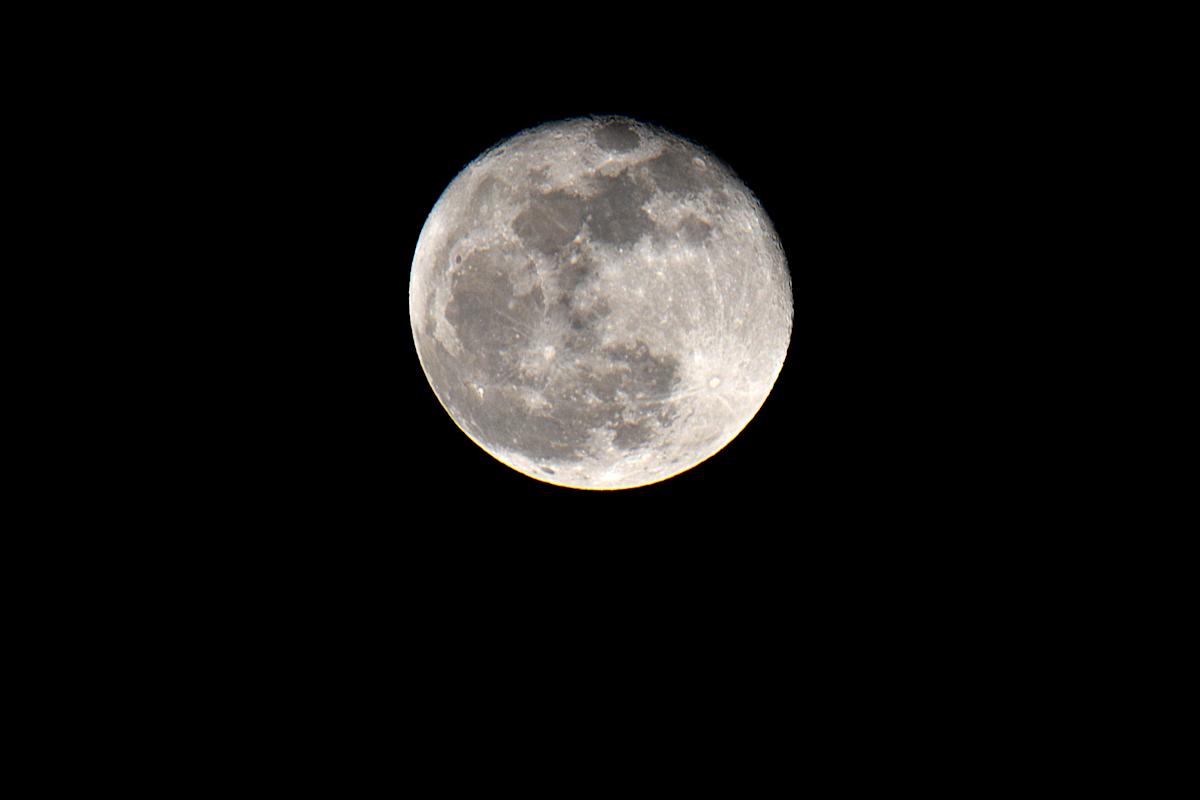Pink Micromoon: UK Viewing Guide This Weekend
Editor’s Note: The Pink Micromoon is gracing UK skies this weekend! Read on for everything you need to know to catch this celestial event.
Why This Topic Matters
The Pink Micromoon, while not actually pink, is a celestial event that combines a full moon with the moon being at its furthest point from Earth in its orbit (perigee). This makes it a smaller-appearing full moon, offering a unique viewing experience. This article provides a comprehensive guide for UK residents to optimally view this rare phenomenon. Understanding moon phases and their visibility is important for astronomy enthusiasts and casual sky-gazers alike. This guide will cover optimal viewing times, locations, and what to expect. We'll also address common questions and provide practical tips for a successful viewing experience.
Key Takeaways
| Point | Description |
|---|---|
| Best Viewing Time (UK): | Saturday evening into Sunday morning (specific times detailed below). |
| Optimal Locations: | Areas with minimal light pollution (detailed below). |
| What to Expect: | A slightly smaller than average full moon, offering a unique viewing experience. |
| Equipment Needed: | None needed, but binoculars or a telescope will enhance the view. |
Pink Micromoon: Your UK Viewing Guide
This weekend, the Pink Micromoon will be visible across the UK. While the name suggests a vibrant hue, the moon won't actually appear pink. The "Pink Moon" moniker comes from Native American tradition, referencing the early blooming of pink phlox flowers in spring. The micromoon aspect refers to its slightly smaller appearance due to its position in its orbit.
Key Aspects of the Pink Micromoon
- Orbital Position: The moon will be at its furthest point from Earth (apogee), resulting in a smaller apparent size.
- Illumination: The moon will be fully illuminated, providing a bright and easily visible spectacle.
- Timing: The full moon will occur at a specific time (detailed below), offering a precise window for optimal viewing.
Detailed Analysis of Viewing Opportunities
The best time to view the Pink Micromoon in the UK will be Saturday evening into the early hours of Sunday morning. Precise timing will depend on your location, but generally, look to the sky after sunset. To find the exact time of moonrise in your specific area, use an online moonrise calculator (link to a reputable moonrise calculator here).
Interactive Elements
Finding Dark Sky Locations
Finding a location with minimal light pollution is crucial for optimal viewing. Use light pollution maps (link to a light pollution map here) to identify areas in the UK with dark skies. Parks, countryside locations, and areas away from city centers are ideal.
Essential Viewing Tips
- Check the weather forecast: Clear skies are essential for optimal viewing.
- Find a dark location: Minimize light pollution for the best experience.
- Be patient: It might take a few minutes for your eyes to adjust to the darkness.
- Bring a blanket or chair: Make yourself comfortable for an extended viewing session.
- Use binoculars or a telescope (optional): These will enhance the view and allow you to see more details on the moon's surface.
- Take photos: Capture the memory of this unique celestial event.
- Share your experience: Use #PinkMicromoonUK on social media to connect with other viewers.
- Enjoy the experience: Relax and appreciate the beauty of the night sky.
People Also Ask (NLP-Friendly Answers)
Q1: What is a Pink Micromoon?
A: A Pink Micromoon is a full moon that occurs when the moon is at its furthest point from Earth (apogee), making it appear slightly smaller than a typical full moon. The "Pink" refers to the early blooming of pink phlox flowers in spring.
Q2: Why is the Pink Micromoon important?
A: It's a relatively rare event combining a full moon with the moon's furthest orbital point, offering a unique astronomical viewing opportunity.
Q3: How can the Pink Micromoon benefit me?
A: It offers a chance to appreciate the beauty of the night sky, connect with nature, and engage in a shared experience with others observing the event.
Q4: What are the main challenges with viewing the Pink Micromoon?
A: Light pollution and cloudy weather can hinder visibility.
Q5: How to get started with Pink Micromoon viewing?
A: Check the weather, find a dark sky location, and enjoy the view!
Practical Tips for Pink Micromoon Viewing
Introduction: These tips will help you maximize your Pink Micromoon viewing experience.
Tips:
- Download a stargazing app: Many apps pinpoint the moon's location in the sky.
- Bring warm clothes: Evenings can be chilly, especially in spring.
- Share the experience with friends and family: It's more enjoyable with company.
- Learn about lunar phases: Understanding moon cycles will enhance your appreciation.
- Capture the event with time-lapse photography: Create a stunning visual record.
Summary: Following these tips will enhance your viewing experience and help you capture memorable images of the Pink Micromoon.
Transition: Let's summarize the key takeaways from this guide.
Summary
The Pink Micromoon offers a unique celestial viewing opportunity this weekend. By following this guide, you can locate optimal viewing positions, understand the timing, and prepare for a memorable experience.
Closing Message
Remember to look up this weekend and appreciate the beauty of the Pink Micromoon. Did you manage to capture any stunning pictures? Share them with us!
Call to Action (CTA)
Share your Pink Micromoon photos using #PinkMicromoonUK! Sign up for our newsletter for more celestial event updates.
(Hreflang tags would be added here based on the target language versions of this article.)

